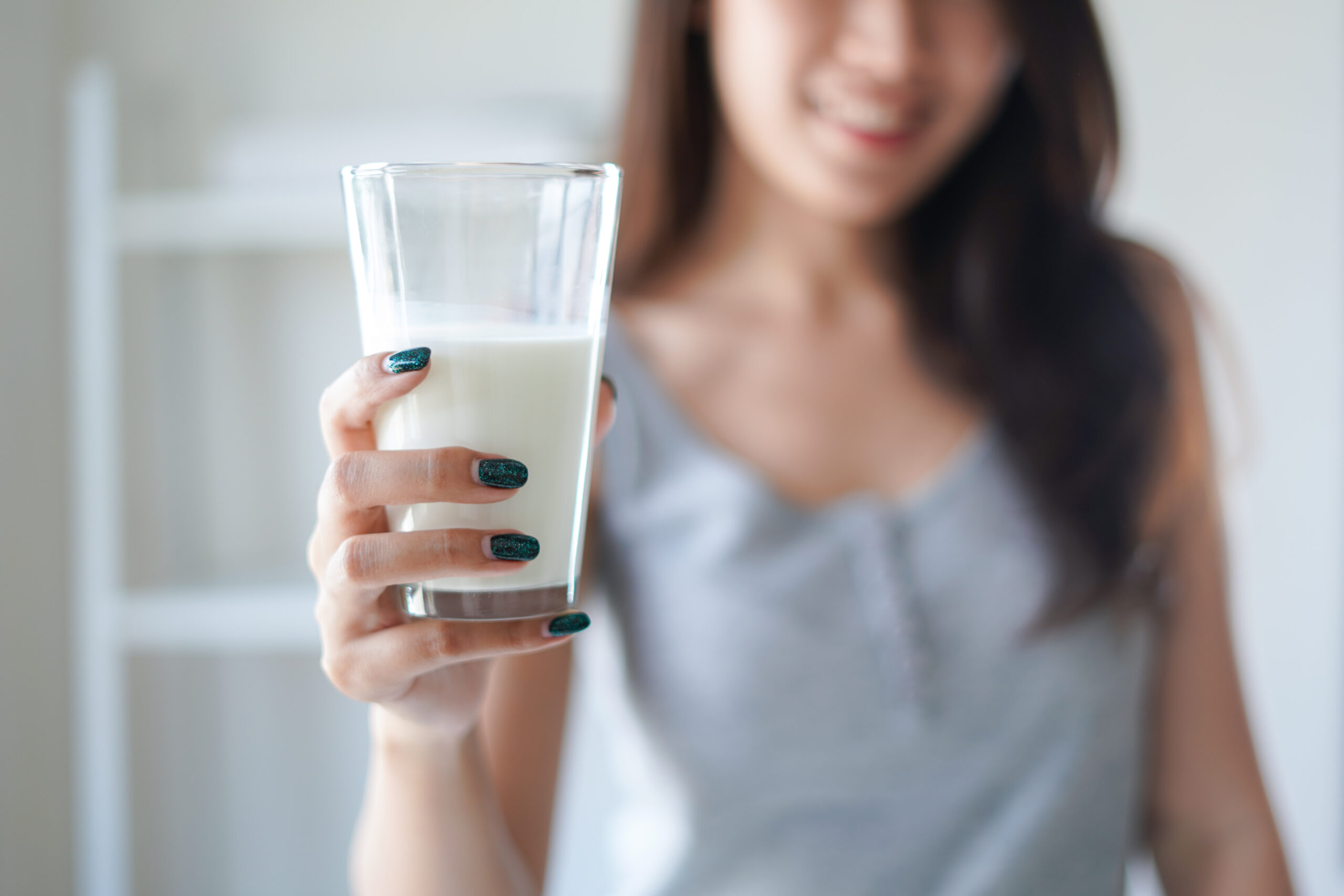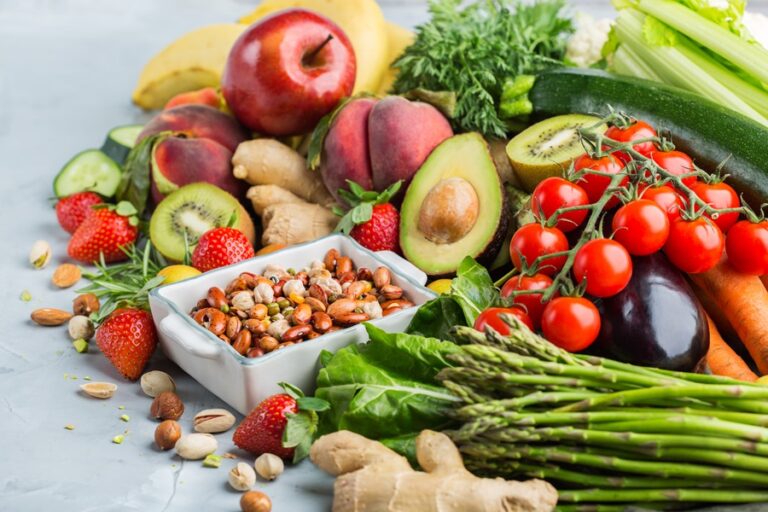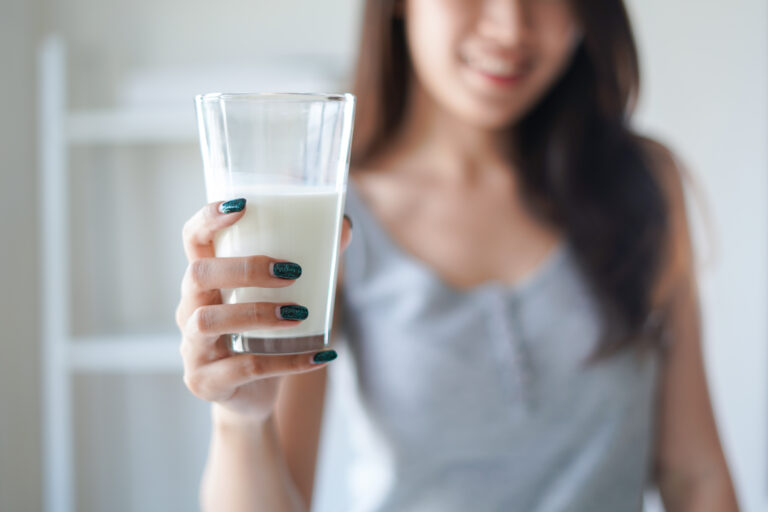Bone health might seem like something to worry about later in life, but the choices you make now can significantly impact your future risk of osteoporosis – a condition where bones become fragile and prone to fractures. Your bones protect vital organs, support movement, and store essential minerals like calcium, making them crucial to your overall well-being.
Most of us reach peak bone mass around the age of 30, after which bone density starts to gradually decline. When too much bone mass is lost, osteoporosis can develop.
Who is at risk of developing osteoporosis?
- Women, especially postmenopausal – lower bone density and the drop in eostrogen after menopause make women more vulnerable to osteoporosis.
- Older adults – bone density naturally declines with age, increasing the risk, particularly after 50.
- Family history – genetics play a role, so if osteoporosis runs in your family, you’re more likely to be affected.
- Low body weight – individuals with smaller frames or lower body weight have less bone mass, making them more susceptible.
- Smoking and heavy alcohol use – both habits can weaken bones and speed up bone loss.
- Certain medical conditions – like rheumatoid arthritis and hyperthyroidism can increase osteoporosis risk.
- Long-term medication use – medications like corticosteroids can weaken bones over time, increasing the risk of osteoporosis.
Key nutrients for bone health
The good news is that, just like strengthening your muscles, you can build and maintain strong bones with the right approach. While genetics, weight-bearing exercise, and hormones play a role, diet is a key factor in supporting bone health throughout your life. Proper nutrition supplies the essential nutrients needed for bone formation, maintenance, and repair—helping to prevent osteoporosis and keep your bones strong as you age.
Calcium
Calcium is crucial for building and maintaining strong, healthy bones, providing both strength and structure. Our bones store calcium, but when we don’t get enough from our diet, the body draws calcium from these stores, which can lead to bone thinning over time.
The recommended daily intake of calcium is 1,000 mg for men under 70 and women under 50. For women over 50 and men over 70, this increases to 1,300 mg per day to compensate for the accelerated bone loss that occurs in these groups. The best sources of dietary calcium include:
Dairy
Milk, yogurt, and cheese are excellent sources of calcium that are easily absorbed. Aim for two or more serves each day, choosing low-fat varieties, where possible, to limit saturated fat. One cup of milk provides about 300 mg of calcium, which is roughly 30% of the daily recommended intake for adults.
Diary alternatives
If you’re lactose intolerant or avoiding dairy, many plant-based milks are fortified with calcium. Check the labels and look for products with at least 270 mg of calcium per 250 ml serving. Remember to shake the carton before pouring, as the calcium can settle at the bottom.
Bony fish
Some fish are rich in calcium, particularly those that are eaten with their bones, like sardines, tinned salmon, mackerel and anchovies.
Plant-based foods
Tofu is a good source of calcium and smaller amounts are also found in nuts, figs, legumes, tahini, spinach, broccoli and fortified breakfast cereals.
Vitamin D
To maintain strong bones, we need vitamin D to help our body absorb calcium from our diet. Our skin naturally produces vitamin D when exposed to UV rays from sunlight. For most people, just a few minutes of sun on most days during warmer months, is enough to get adequate vitamin D. In late autumn and winter, especially in regions where the UV Index is lower, try to spend some time outdoors in the middle of the day with some skin exposed. Being active outdoors, like gardening or taking a brisk walk, can also help boost your vitamin D levels.
Small amounts of vitamin D are also found in certain foods, including:
- Oily fish – salmon, mackerel, and sardines are rich in vitamin D
- Fortified foods – some foods including breakfast cereals, margarine and plant milks are fortified with vitamin D.
- UV-light exposed mushrooms – just like humans, mushrooms produce vitamin D when exposed to sunshine!
- Egg yolks and liver – contain smaller amounts of vitamin D.
If sun exposure and dietary intake are insufficient, vitamin D supplements may be necessary to reach the recommended levels.
Protein
While calcium and vitamin D often get most of the attention, protein is also essential for bone health. About 35% of your bones are made of collagen, a type of protein which provides the structural framework for bones, giving them flexibility and strength. To keep your bones strong, regularly include good sources of protein in your diet, such as:
- Lean meats: Chicken, turkey, and fish.
- Plant-based options: Lentils, beans, chickpeas, and tofu.
- Dairy: Milk, yogurt, and cheese not only provide calcium but also offer protein.
Magnesium
Magnesium is another mineral that contributes to bone structure by working with Vitamin D for calcium absorption. Foods rich in magnesium include:
- Nuts and seeds – almonds, cashews, Brazil nuts, pumpkin seeds, and flaxseeds
- Leafy greens -most green vegetables including spinach, broccoli and Asian greens are good sources of magnesium
- Whole grains and legumes – brown rice, quinoa, lentils, and black beans also contribute to magnesium intake.
Foods to limit
While a healthy diet can promote strong bones, certain foods may hinder bone health if consumed in excess.
- Alcohol – excess alcohol consumption can impair absorption of calcium and interfere with bone growth and remodelling.
- Caffeine – while drinking caffeine in moderation is fine, excessive amounts >400mg per day can interfere with calcium absorption and contribute to bone loss.
- Excessive salt – high salt intake can lead to calcium loss in urine, weakening bones over time and increasing risk of osteoporosis
The essential role of exercise
Conclusion
Old age may seem like a long way off, but the choices you make now can significantly reduce your risk of weak bones in the future. By focusing on bone health today, you can stay active and enjoy a more independent and fulfilling life as you age. A comprehensive health assessment that examines key risk factors for osteoporosis, can give you a clear picture of your bone health and provide strategies to manage it effectively. If you’d like support in making lifestyle changes to boost your bone health, reach out to the team at Oracle Healthcare today.
References:
Healthy Bones Australia. Calcium & Bone Health. Available at https://healthybonesaustralia.org.au/your-bone-health/calcium/
Healthy Bones Australia. Vitamin D & Bone Health. Available at https://healthybonesaustralia.org.au/your-bone-health/vitamin-d-bone-health/
Muñoz-Garach et al. 2020. Nutrients and Dietary Patterns Related to Osteoporosis. Nutrients. 12(7):1986. Available at https://www.ncbi.nlm.nih.gov/pmc/articles/PMC7400143/
National Institute of Arthritis and Musculoskeletal and Skin Diseases. 2022. Osteoporosis. Available at https://www.niams.nih.gov/
Pouresmaeili et al. 2018. A comprehensive overview on osteoporosis and its risk factors. Ther Clin Risk Manag. 14:2029-2049. Available at https://www.ncbi.nlm.nih.gov/pmc/articles/PMC6225907/
Sampson HW. Alcohol’s harmful effects on bone. Alcohol Health Res World. 1998;22(3):190-4. Available at https://www.ncbi.nlm.nih.gov/pmc/articles/PMC6761900/




